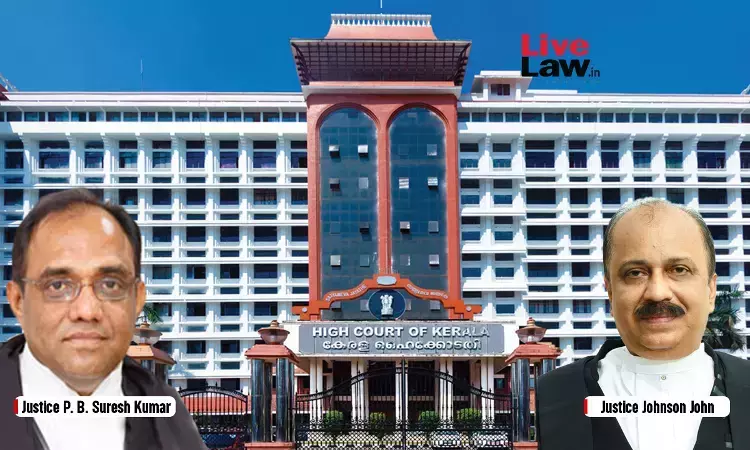Pala Nun Murder | Kerala High Court Confirms Accused's Murder Conviction; Sets Aside Rape Charge
Navya Benny
11 Dec 2023 6:39 PM IST

Next Story
11 Dec 2023 6:39 PM IST
The Kerala High Court on Monday confirmed the conviction of the 38 year old accused of murdering a sexagenarian nun in the year 2015 under Section 302 of IPC. The Division Bench comprising Justice P.B. Suresh Kumar and Justice Johnson John discerned that the circumstantial evidence adduced by the prosecution established beyond doubt that the accused had caused the death of the nun, although...
